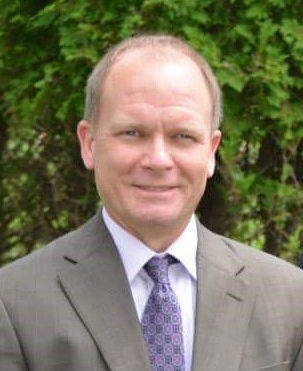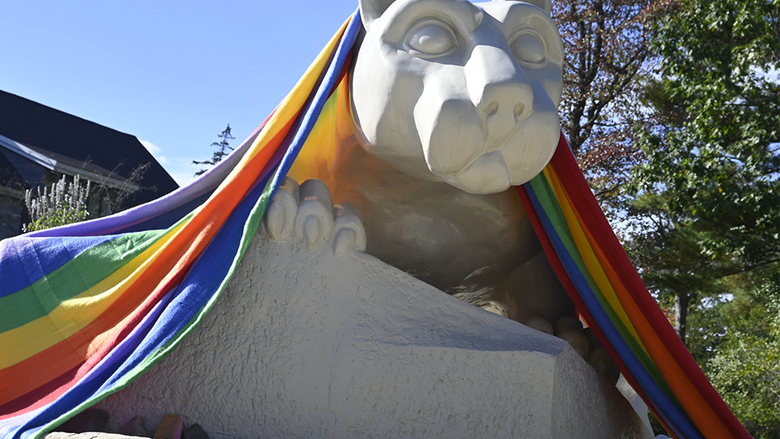A researcher from Penn State Wilkes-Barre has helped develop a system to measure the success of an alternative form of justice intervention.
Around the world, events that highlight injustice have helped turn attention to alternatives in how social, human and criminal justice systems respond to human interactions. One of these alternatives, restorative justice (RJ), has been gaining in popularity among both practitioners and researchers in diverse fields over the last 30 years.
Despite its rise in education, criminal justice, civil courts, family and neighborhood disputes and elsewhere, efforts to determine the success of RJ-based interventions have been hurt by the lack of a way to measure the extent to which such programs incorporate the ideals of restorative justice. Jeremy Olson, assistant professor and interim program coordinator in criminal justice at Penn State Wilkes-Barre, has helped resolve this problem by developing the “Restorative Index.”
Along with Rebecca S. Sarver, lecturer in human services studies at Elmira College, Olson conducted a review of restorative justice research and literature to determine the most common concepts and ideas in RJ. Once they identified the themes of RJ, the researchers then developed a way to measure the elements for use by practitioners, researchers, and others working in RJ. Their “Restorative Index” will soon be published in the peer-reviewed journal “Victims & Offenders.”
“The Restorative Index is a step forward for those of us in RJ,” Olson said. “We now have a way to quantitatively gauge how far efforts go in implementing RJ, to see how successful those efforts are, to identify programs similar to each other in restorativeness and to compare similar programs with each other.”
Olson said the Restorative Index can also help researchers conduct quantitative systematic reviews in RJ, an area of current research with serious gaps in knowledge.
Sarver added that the Restorative Index can help programs that otherwise might not get attention from funders, researchers and policy developers.
“There are good programs out there that were inspired by people unknown to formal RJ, especially those from creators in the Black, Indigenous and People of Color (BIPOC) communities,” Sarver said. “While these creators have extensive knowledge and experience with the ideals of RJ, they are sometimes unknown to Westerners. The Restorative Index can give them an objective way to show that their ideas and programs deserve attention as restorative.”
For Olson, the Restorative Index is the culmination of more than 25 years of work. He became familiar with RJ when working as a juvenile probation officer in Pennsylvania. His work has included research, practice, program development, training and teaching in RJ.
Restorative justice is embedded throughout the criminal justice curriculum at Penn State Wilkes-Barre and Olson said faculty will use the Restorative Index to make the principles of RJ more concrete for students.
“For example, when we introduce RJ to the students, we can use the RI to help them understand the elements and principles of RJ,” Olson explained. “As we move into the research course, we will use the RI to help students determine the extent of RJ efforts in the area of their desired career in the criminal justice system. During internships, students can use the RI to determine whether their internship site is implementing elements of RJ. As they end their academic time at WB, students in the senior seminar course can use the RI and the information they have gathered from previous courses and their internships to help them create a new RJ-based program that will solve a contemporary problem in their desired career.”
“From a research perspective, my original colleagues have already begun to assess the restorativeness of American school programs using the RI,” he continued. “I plan to continue that line of research across various disciplines, where we can assess restorativeness in programs and policies in family, civil and criminal court, community, employment, medicine and other areas.”
Olson said he and Sarver hope the Restorative Index will be used by program developers, program and policy evaluators, grant funders, researchers, scholars and students interested in RJ.






